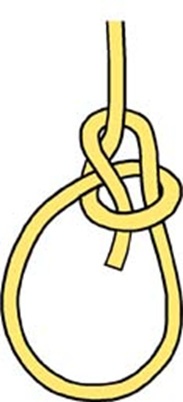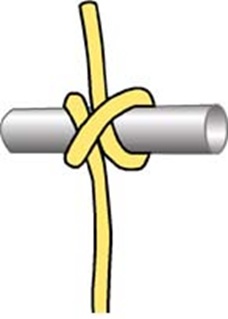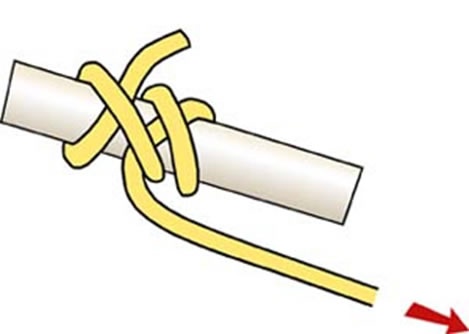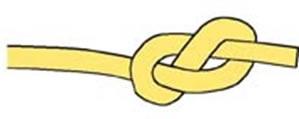Menu
Yacht charters
Bareboat charters
Skippered charters
Crewed yachts
General conditions of booking
Our Fleet
Sailing Monohull Yachts
Catamarans boats
Crewed Yachts
Rates
Destinations
Cyclades
Dodecanese
Ionian Islands
Saronic Gulf
Sporades
Yacht Managment
Used Yacht Sales
Yacht Managment
Grecosail
About Us
Contact Us
Our News
Facebook page
Multimedia
Photo Gallery
Video
Miscellaneous
Sail & Learn
Sailing tips
Guest book
Weather














